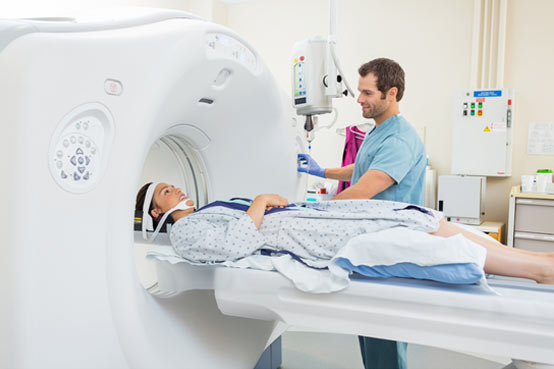The Computerized Tomography (CT) scan uses rotating x-ray machines to take images of various parts of the body such as the head, heart, spine and more.
It allows doctors to see blood vessels, soft tissues and bones for diagnosing diseases or evaluating injuries and it can also guide procedures such as surgeries and biopsies.
Normally, the CT scan is required for people with epilepsy because it can reveal abnormalities that may cause a seizure such as cysts, bleeding or tumors. Like regular x-rays, a CT scan exposes the patient to radiation, however, the amount is low. Other than that, the procedure is safe and painless

The CT scanner is a large tube-like machine, but unlike a Magnetic Resonance Imaging (MRI) scan, the CT scan is less confining for patients and doesn’t make a loud noise. During a CT scan, the patient will be asked to remove any metal objects, because it may interfere with the test results, wear a hospital gown and lie on a bed which will slide into what looks like a tunnel. The inside of the machine will then take a series of x-rays from different angles. CT scans are not suitable if you are pregnant because the X-rays could affect an unborn baby.
Site Pages:
helpful information:
All rights are reserved to the Eyal Association – Israeli Epilepsy Association © 2022